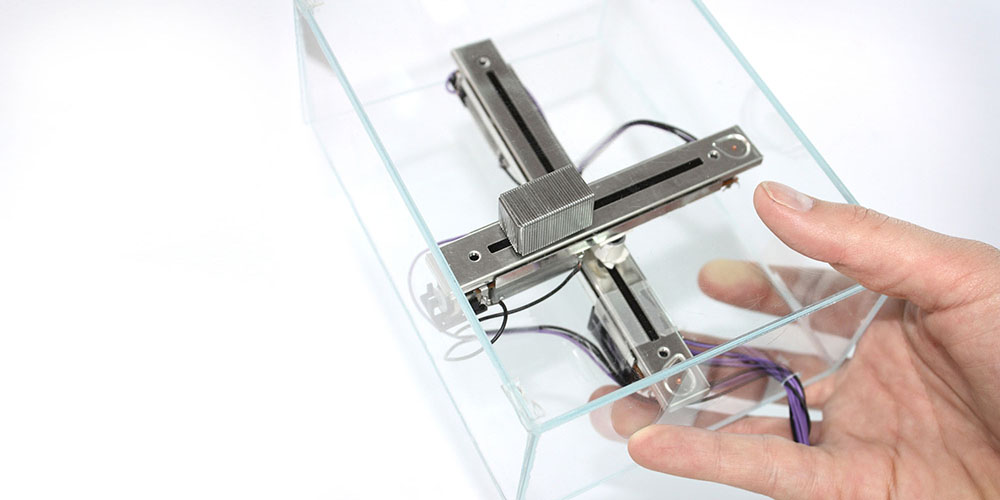investigated the concept of embodiment in the field of Human-Computer Interaction (HCI) via the concept of Research Through Design (RTD). The notion of embodiment has many meanings in HCI. With my thesis, titled Encountering the Digital: Representational and Experiential Embodiment in Tangible User Interfaces, my aim was to contribute to the clarification of the term.
I proposed a distinction between two major meanings: embodiment in the sense of representation, and embodiment in the sense of how the experience of one’s socio-physical world is fundamentally grounded in having a living body. I named these two meanings representational embodiment and experiential embodiment.
Having distinguished between the two meanings, I then looked at the moments in which they occur: moments in which embodied users face embodiments of digital information. These moments are a central aspect of Tangible User Interfaces (TUIs), which are often concerned with making digital information graspable. Focusing on TUIs, I pursued the question of how the design of the representational embodiments of digital information affects the user’s experience.
Research Through Design (RTD) is a research concept that promises to offer a new, »designerly« perspective on a subject. There are different approaches to RTD, of which I chose Findeli’s model of Project-Grounded Research (PGR). I transformed my research question into a design question, namely how embodiments of digital information could be designed in a way that is oriented to the users’ embodiment.
In everyday language, physical (e. g. disk size, data mining) and social metaphors (smart phone, battery life) are often used to describe concepts of interaction with digital information. These metaphors formed the starting point of my investigation into TUIs that make digital information graspable through socio-physical manifestations — through shape change, weight shift and life-like signals. I produced a comparative study of three mobile phone prototypes and three vibration-based comparison prototypes, which found that interaction with the Shape-Changing Mobile, Weight-Shifting Mobile and Ambient Life prototypes was experienced by the users as novel and interesting, but at times also as irritating and even annoying. The mixed results from this study can be described as two-sided coins: the interaction with the prototypes was rated as rich in associations, but requiring prior knowledge and, at times, disappointing.
I concluded that the encounter of representational embodiment and experiential embodiment can open a conceptual space for interaction design that is rich in opportunities, but also rich in challenges.




